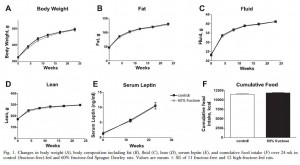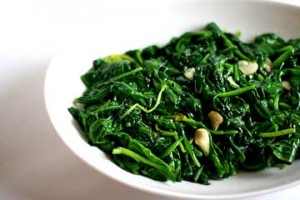Rundown on a few new protein bars, pro’s & con’s, etc.

Perfectly Simple by ZonePerfect
The catch: 3 new bars with 10 or fewer ingredients. All are gluten-free and have 10 grams of protein.

as the number of ingredients increases, so does the sugar
Sweeteners:
Peanut Crunch: “invert evaporated cane juice”
Toasted Coconut: “invert dried cane syrup”
Cranberry Almond: “date paste”
It takes more sugar in the form of “date paste” (Cranberry Almond, 19 g sugar) to compensate for the lack of “invert evaporated cane juice” (Peanut Crunch, 14 g sugar) or “invert dried cane syrup” (Toasted Coconut, 16 g sugar). Invert sugar is basically table sugar (sucrose) that has been broken down into glucose & fructose. 1) It’s sweeter, which is why you need less of it; and 2) it’s essentially identical to high fructose corn syrup = used in everything from candy and crackers to cigarettes and soda. Not good.
Active X Energy Bar
Kosher, organic, but not gluten-free.

Pro’s: less sugar and more fiber than ZonePerfect’s Perfectly Simple. 
These bars rely on the sweetener brown rice syrup which is primarily glucose (significantly less fructose than invert sugar), but it’s complimented with agave (significantly more fructose than invert sugar)… end result? Organic high fructose corn syrup (a polished turd).
Good2Go bars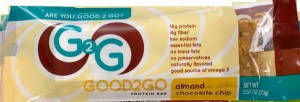
High protein, moderate sugar, and preservative-free.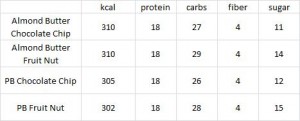
These bars are sweetened with honey, brown rice syrup, invert sugar, and a little coconut sugar. These bars have more protein and less sugar than both Perfectly Simple and ActiveX.
Last but not least, my personal favorite in the “coolness” department: Chapul.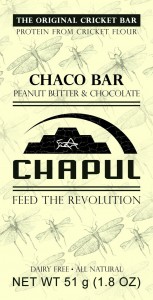

Pro #1: they owned it! “sugar” actually appears in the list of ingredients.
Pro #2: while it’s only 6 grams of protein, you’ll never guess where it comes from… crickets! Yes crickets. Baked, then ground into a fine powder.
Con: the most sugar and least protein of all.
To put this all into perspective: relative to the nutritional profile of Quest protein bars , these noobs pale in comparison.
, these noobs pale in comparison.
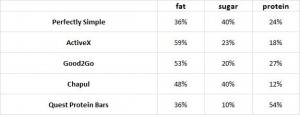
Conclusion: candy in disguise. just sayin’.
calories proper

